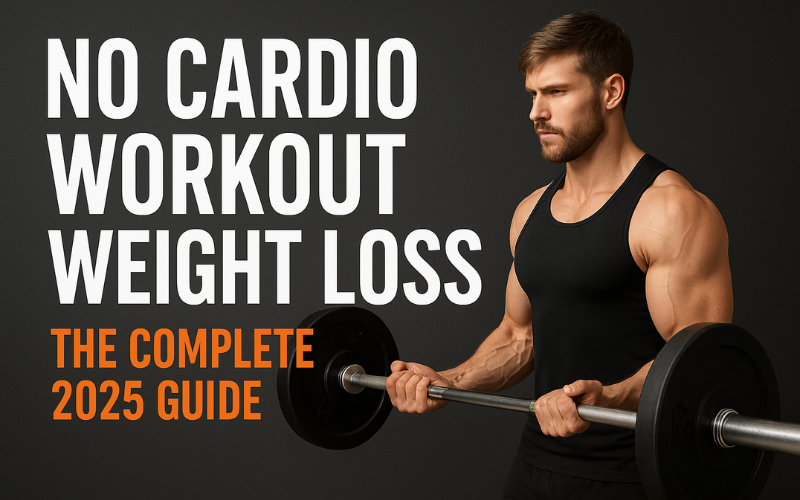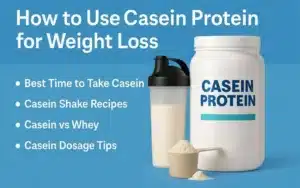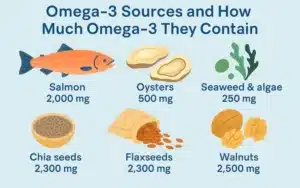No Cardio Workout Weight Loss: The Complete 2025 Guide
Yes you can absolutely lose weight without cardio, as long as you maintain a calorie deficit. Cardio is just one way to burn calories, but it’s not mandatory. Strength training, daily movement, and diet control can be equally effective for fat loss while also preserving muscle mass. In fact, many people prefer a no-cardio approach because it’s less time-consuming, more joint-friendly, and often easier to sustain in the long term. The key is to focus on nutrition, resistance training, and lifestyle habits that keep you in a calorie deficit without endless treadmill sessions.
Benefits of No Cardio Workouts for Weight Loss
- Preserve Muscle Mass: Strength training signals your body to keep muscle while losing fat.
- Save Time: No need for long cardio sessions — workouts can be shorter and more focused.
- Better Recovery: Less cardio means your body recovers faster for strength training sessions.
- Lower Risk of Overtraining: Avoid excessive fatigue from high-intensity cardio.
- Sustainable Lifestyle: Many find it easier to stick to a no-cardio plan for months or years.
8 Proven Strategies for No Cardio Weight Loss
1. Lift Weight Frequently
Aim for 3–5 strength training sessions per week. Use compound movements like squats, deadlifts, bench presses, and pull-ups to target multiple muscles and burn more calories in less time.
2. Eat Enough Carbs for Energy
Cutting carbs too much can lead to fatigue and poor workout performance. Include complex carbs like oats, brown rice, and sweet potatoes to fuel your training sessions.
3. Eat Enough Protein to Preserve Muscle
Consume 1.6–2.2g of protein per kg of body weight daily. Protein supports muscle repair, increases satiety, and boosts your metabolism through the thermic effect of food.
4. Drop Calorie Intake Gradually
Reduce calories slowly — around 250–500 calories below maintenance. Rapid drops can lead to muscle loss, hormonal issues, and binge eating.
5. Train in Moderate to Higher Rep Ranges
Work in the 8–15 rep range for most exercises to maximize muscle tension and calorie burn while avoiding excessive strain.
6. Train Close to Failure for Maximum Efficiency
Push your sets until you are 1–2 reps away from failure. This ensures you’re fully engaging your muscles and getting the most out of each workout.
7. Be Realistic About Weight Loss Timelines
Aim for 0.5–1% of body weight loss per week. Fast weight loss often leads to muscle loss and rebound gain.
8. Increase Non-Exercise Physical Activity (NEAT)
Walk more, take the stairs, do household chores — all these movements add up to significant calorie burn without formal cardio.
Common Mistakes to Avoid in No Cardio Weight Loss
Cutting Calories Too Quickly
A large calorie deficit can cause muscle loss and energy crashes. Always start small and adjust slowly.
Staying in a Calorie Deficit for Too Long
Your body adapts to long-term dieting. Include refeed days or short maintenance phases to keep your metabolism active.
Not Lifting Heavy Enough
Using very light weights won’t challenge your muscles enough. Gradually increase your training load to maintain progress.
Best Strength Training Exercises for Weight Loss Without Cardio
- Squats (Barbell or Dumbbell)
- Deadlifts
- Bench Press
- Overhead Press
- Pull-Ups or Lat Pulldowns
- Dumbbell Rows
- Bulgarian Split Squats
- Hip Thrusts
Focus on progressive overload — gradually increasing weight, reps, or sets over time.
Nutrition Plan for No Cardio Weight Loss
- Protein: Lean meats, eggs, Greek yogurt, tofu, legumes
- Carbs: Brown rice, quinoa, sweet potatoes, fruits
- Fats: Avocados, nuts, olive oil, fatty fish
- Vegetables: Leafy greens, broccoli, peppers, zucchini
Example Day of Eating:
- Breakfast: Scrambled eggs + whole-grain toast + spinach
- Lunch: Grilled chicken breast + quinoa + roasted vegetables
- Snack: Greek yogurt + berries
- Dinner: Baked salmon + sweet potato + asparagus
How to Track Progress Without Cardio Workouts
- Body Measurements: Waist, hips, chest, and arms every 2–4 weeks
- Progress Photos: Take weekly photos in similar lighting and posture
- Strength Gains: Log your lifts to track performance improvements
- Body Weight Trend: Weigh yourself 2–3 times per week and track the average
Sample Weekly Workout Plan Without Cardio
Day 1: Full-Body Strength
Day 2: Rest or Light Activity
Day 3: Upper Body Push (Chest, Shoulders, Triceps)
Day 4: Lower Body (Quads, Hamstrings, Glutes)
Day 5: Upper Body Pull (Back, Biceps)
Day 6: Rest or Active Recovery
Day 7: Full-Body Strength + Core
Who Should Avoid a No Cardio Approach?
- Individuals with heart health concerns
- People needing extra calorie burn in limited time
- Athletes requiring cardiovascular endurance for their sport
Always consult with a healthcare professional before making drastic fitness changes.
Final Thoughts: Is No Cardio Weight Loss Sustainable?
Yes — if done correctly, no cardio workout weight loss is sustainable, effective, and muscle-preserving. By combining strength training, proper nutrition, and increased daily activity, you can lose fat while maintaining a strong, toned body. It’s not about avoiding cardio forever, but about finding a method you enjoy and can stick to for life.
“Start your no cardio weight loss journey today – explore premium supplements and training gear at SportsOne.com.pk!“
FAQ – No Cardio Workout Weight Loss
Q1: Is cardio necessary for fat loss?
No — calorie deficit is the key. Cardio is optional.
Q2: Can beginners lose weight without cardio?
Yes, beginners can focus on resistance training and nutrition.
Q3: Will I lose muscle if I skip cardio?
No, as long as you strength train and eat enough protein.
Q4: How long does it take to see results?
You may start noticing changes in 4–6 weeks with consistent training and diet.









Add comment
You must be logged in to post a comment.